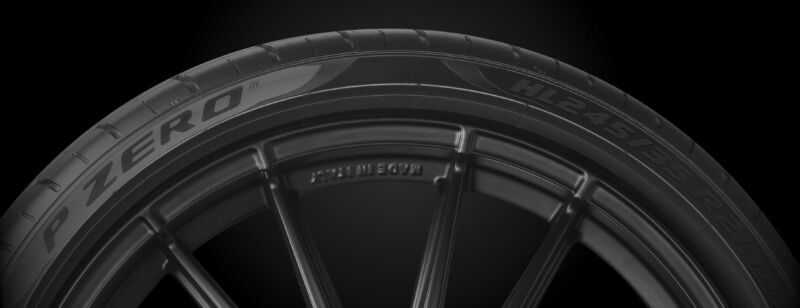Electric vehicles ask a lot of their tires—here’s why

In the past, we’ve looked at the technology that goes into winter tires—and even what makes a good racing tire. But considering that the majority of our auto coverage at Ars focuses on electric vehicles, it’s time to dig into the specialized tires those EVs have to wear.
“We like to design [the tire] as the car is being designed,” explained Ian Coke, director of quality at Pirelli. That means getting started with the OEM several years before the car is due on sale, when it’s still just a concept being developed. “Or if you’re Tesla, six weeks, because they work in a different way,” he laughed.
“We’re getting to know [Tesla] very well now,” he said, as the Italian tire company develops rubber for the automaker.
But for an original equipment (or OE) tire—the kind a new car ships from the factory wearing—”there are so many changes that if you aren’t working with the design team [as early as possible], you get caught out and the development costs and times can go on and on,” he said.
Why do EVs need special tires?
Obviously, the four black rubber rings on a car are important—they’re the only parts that actually interface with the road. But EVs have a few quirks that complicate life for a tire.
For one thing, EVs are generally heavier than an equivalent-sized, conventionally powered vehicle. And because range is so important to the EV-buying market, low rolling resistance is essential. In fact, a 20 percent increase in rolling resistance can reduce range by 5–8 percent. But the tire still needs to have plenty of grip because electric motors make so much torque—and from so low in their rev range.

“We had to introduce a new load index to be able to support the weights of these vehicles. And I think we were the first ones to bring that out with the Lucid,” Coke told me. That’s done by beefing up the sidewall construction and through the use of synthetic textiles (like aramid fibers).
Once the tires can support the mass of the EV, they also need to not sap its range. “Clearly, one of the major constraints is you’ve really got to use a lot of technology in terms of construction, in terms of compounds—especially high-content silica compounds—to really work on that rolling resistance,” Coke said.
But that situation is complicated by the fact that EV drivers like to mash the throttle from the traffic lights. “So how far do we go on the rolling resistance to be able to also get the performance that’s required, because most of the EVs out there now are performance vehicles? The [Tesla Model] S, the 3 all-wheel drive version, the Y, the Rivian, Lucid, Karma—these are performance vehicles. I wouldn’t call them standard commuter vehicles,” he said.

While Pirelli has been able to make tires that deliver on those attributes, the process involves compromising on other characteristics. “The thing that we’ve seen the most is the wear. If you’ve owned an EV for a couple of years, you’ve certainly changed your tires twice,” Coke said.
“It’s a trade-off,” he said. “Normally, OEMs have a minimum mileage requirement [for an OE tire] which is reasonable but maybe not aligned with the normal American consumer. If I bring that into the EV world, we’re miles apart, pardon the pun.” In turn, that has led to consumer demand for replacement (as opposed to OE) EV-specific tires.
And there’s one more problem: EV powertrains are almost silent, so tire noise that could be unnoticeable in a conventionally powered vehicle becomes significant at the same speed in an EV. “Now there’s a variety of technologies out there. [Tread] pattern is one aspect. There has been a big uptake in noise cancellation systems, which [involves] an open cell structured foam [being] placed inside the tire; the sponge absorbs the noise, and [the noise cancellation] stops it from being carried through,” he explained.
Working on EV tires has also led Pirelli to become a bit more sustainable, Coke told me. “Here in Rome, for example, we’re supplying BMW exclusively with the first tire that was made from deforestation-free certified rubber. We thought it was a very little thing—it was very important for us because in Rome, our factory is quite small, so we can do neat things like that. Man, this thing took off. I can’t make enough of these things with BMW now,” he said.
https://arstechnica.com/?p=1821221